Description
Chlorex gel or Chlorhexidine gel , a potent antimicrobial gel containing 2% chlorhexidine digluconate, is a crucial element in endodontic treatment. It serves the primary purpose of disinfecting the root canal system by effectively eliminating bacteria and other microorganisms while preventing reinfection. The selective action of Chlorex gel targets and inhibits the growth of microbes responsible for pulpal and periapical diseases, ensuring optimal treatment outcomes. What sets Chlorex gel apart are its distinct advantages. Notably, it exhibits lower toxicity compared to alternative antimicrobial agents, making it a safer choice for patients. Additionally, its antimicrobial effect lasts longer, providing extended protection against microbial pathogens. Furthermore, the gel minimizes tissue dissolution, reducing the potential for damage to surrounding tissues.
In endodontic procedures, Chlorex gel proves to be a reliable tool for achieving optimal disinfection of the root canal system. By effectively combatting microbial pathogens, it plays a vital role in eradicating harmful microorganisms and supports the overall success of endodontic treatments. With its potent antimicrobial properties, Chlorex gel or Chlorhexidine gel contributes significantly to the eradication of bacteria, ensuring a healthier root canal system and favorable treatment outcomes.
- Indications :
Chlorex gel can be used as a disinfectant to remove microorganisms, endotoxins from the root canals. - It can be used as an intracanal medicament to prevent recontamination and eliminate residual bacteria from the root canal system, especially Enterococcus faecalis, which is a resistant bacterium that can survive in harsh conditions and cause persistent infections.
- Especially used in cases of open apex, root resorption, foramen enlargement, root perforation, or risk of extrusion into the periapical tissues.
Contraindications :
- Chlorex gel should not be used in patients with a known hypersensitivity to chlorhexidine or any of its components.
- It should NOT be mixed with other irrigants such as NaOCl or EDTA, as it may cause precipitation, loss of antimicrobial activity or even toxicity.


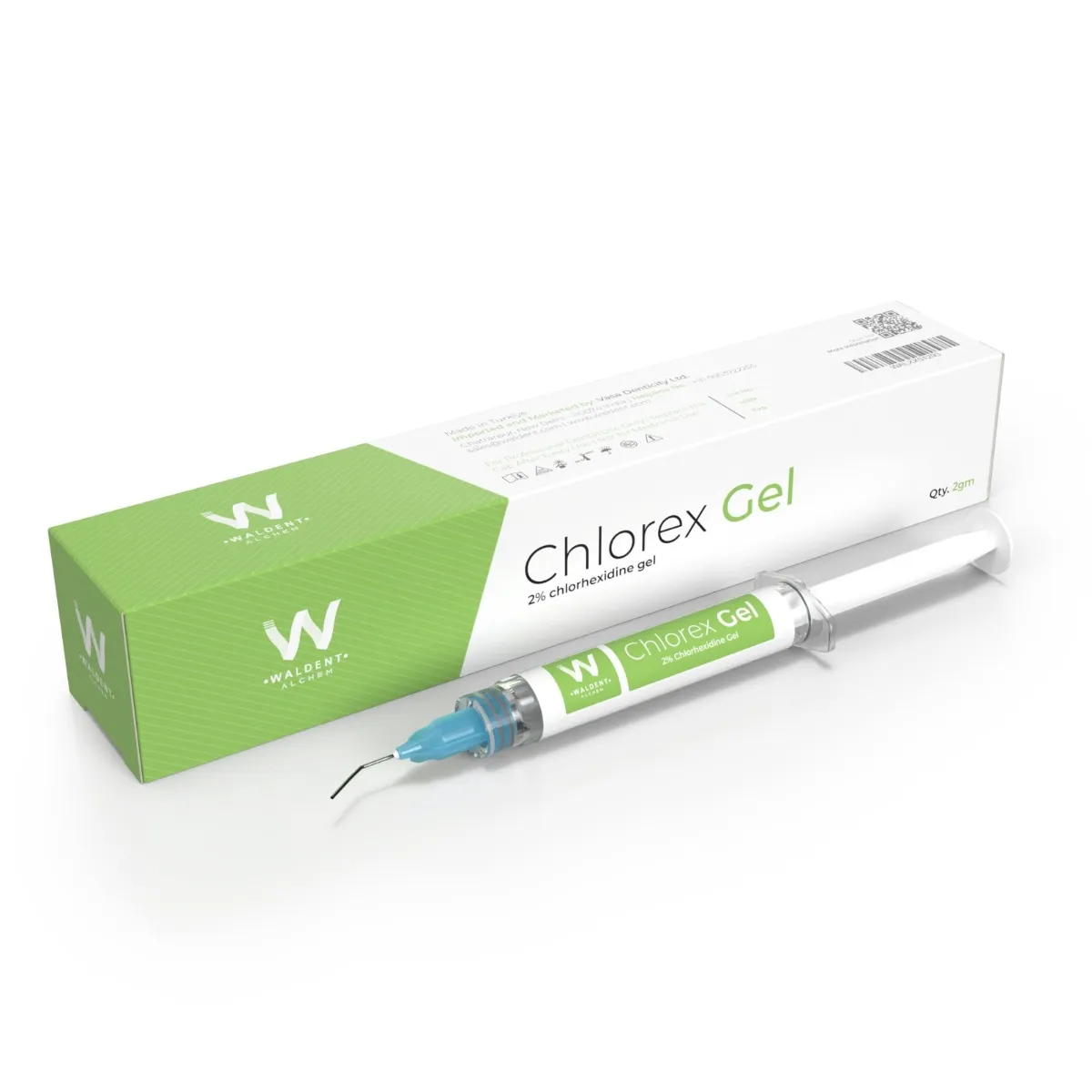
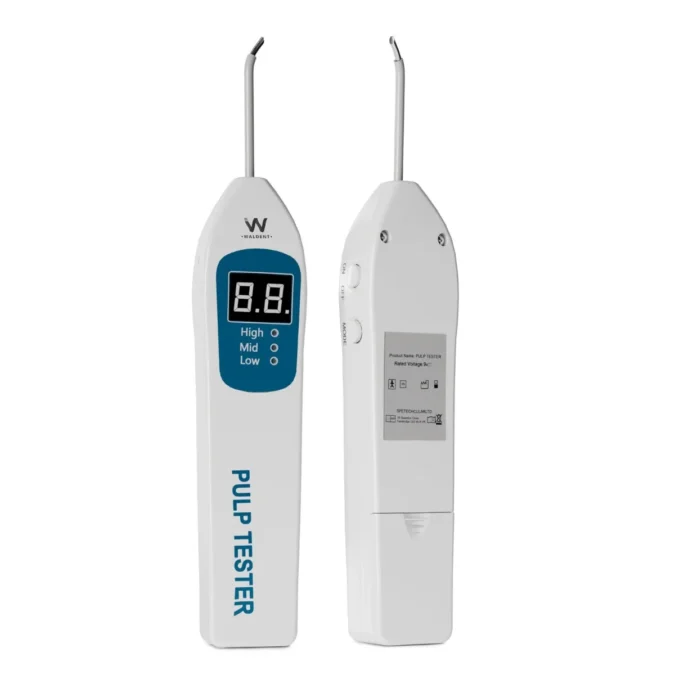





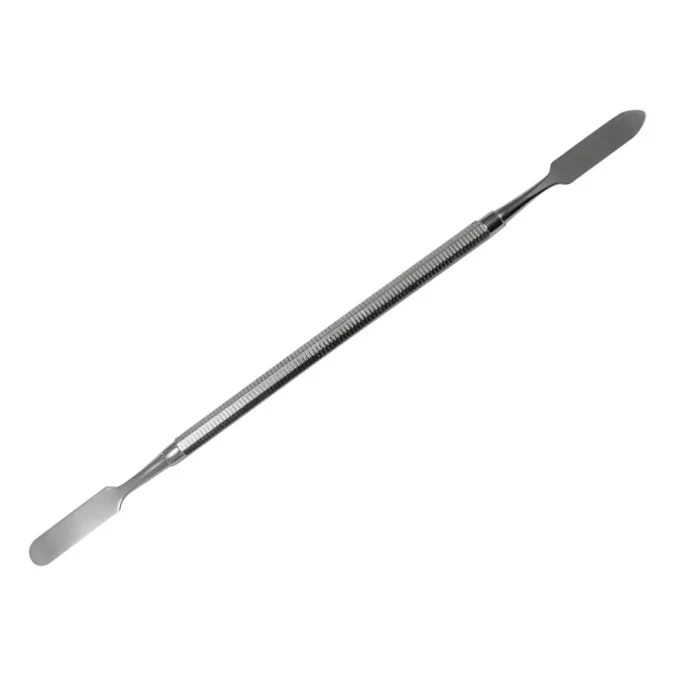
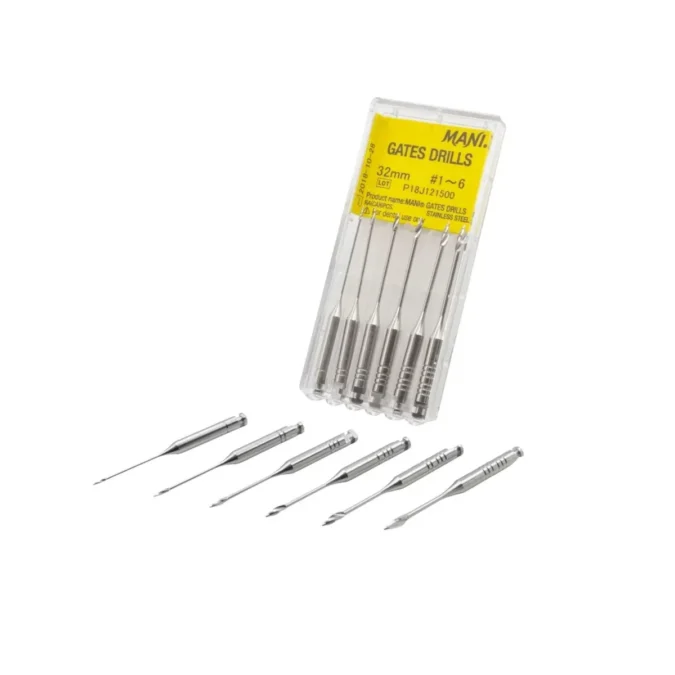



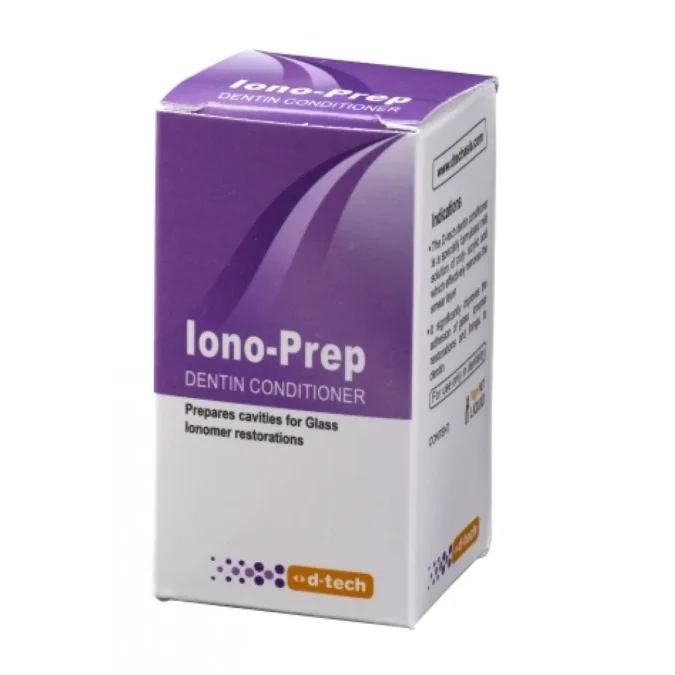
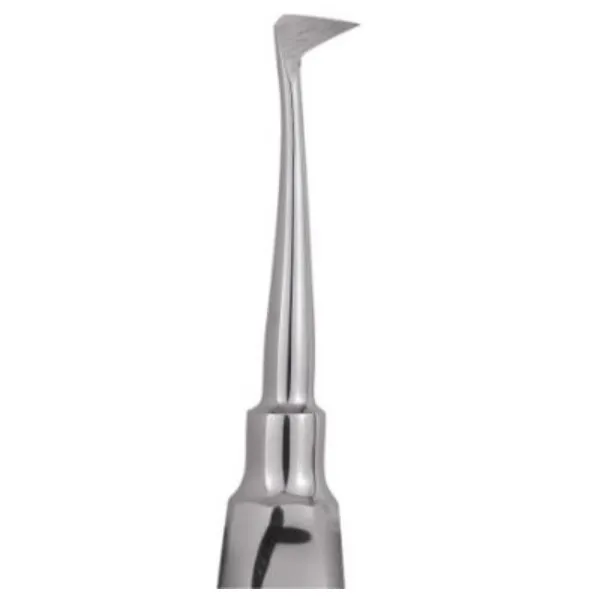
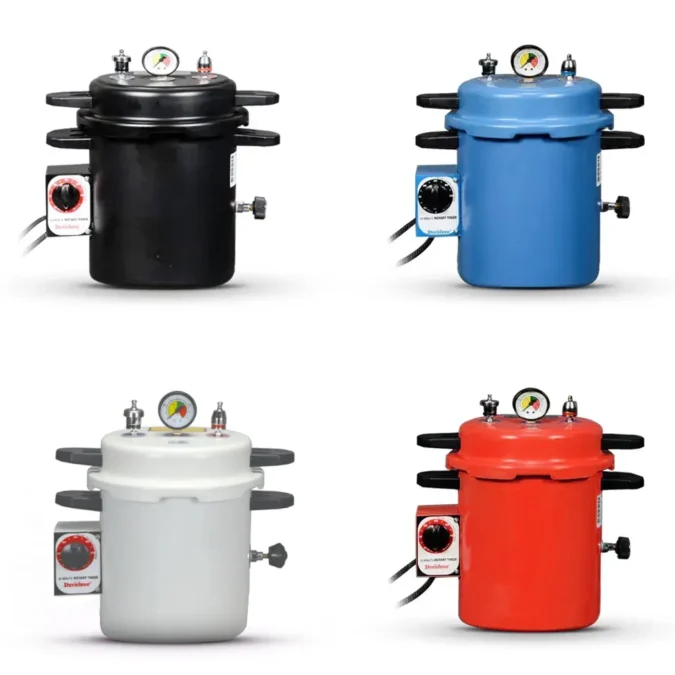
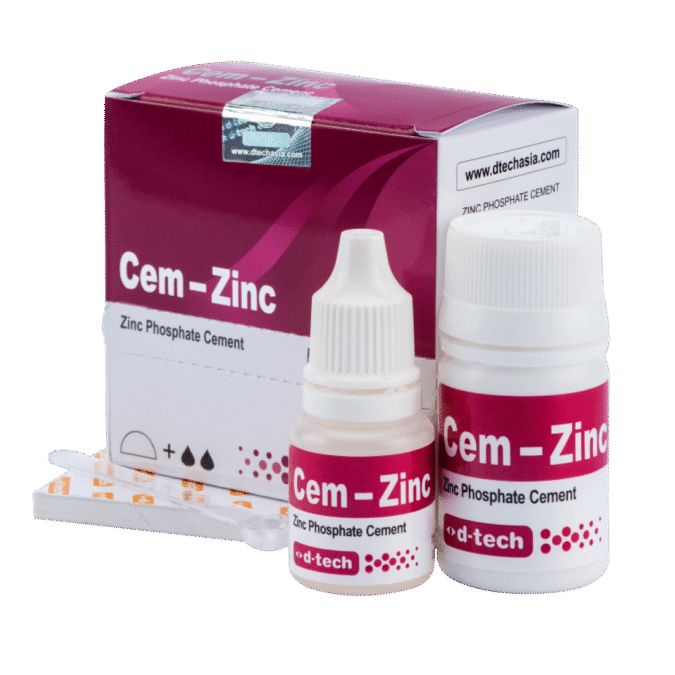
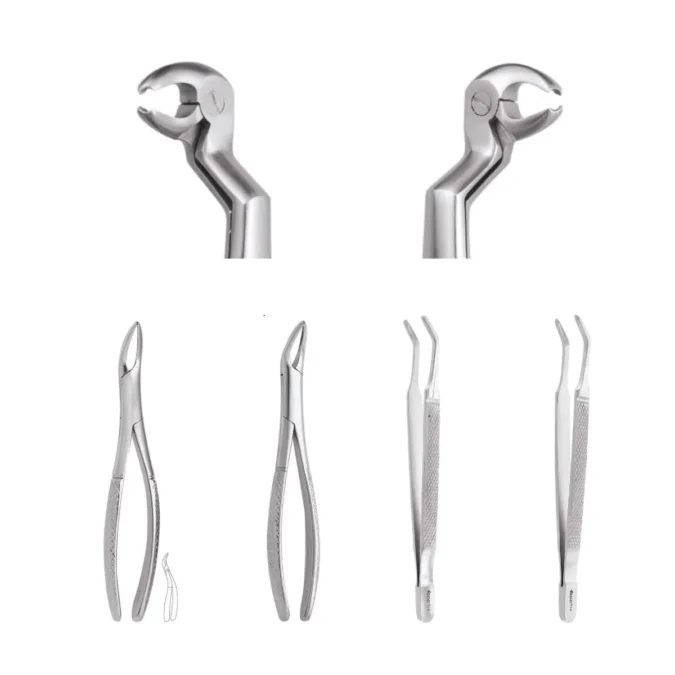

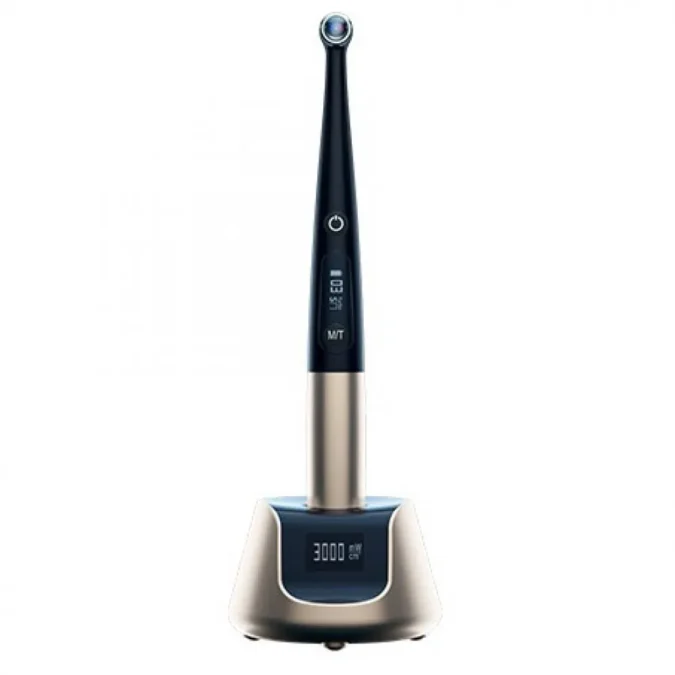
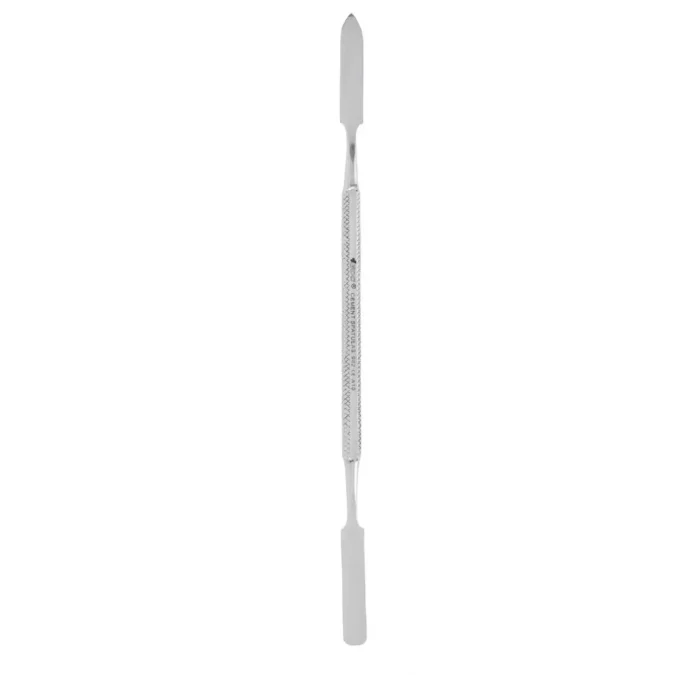

There are no reviews yet.